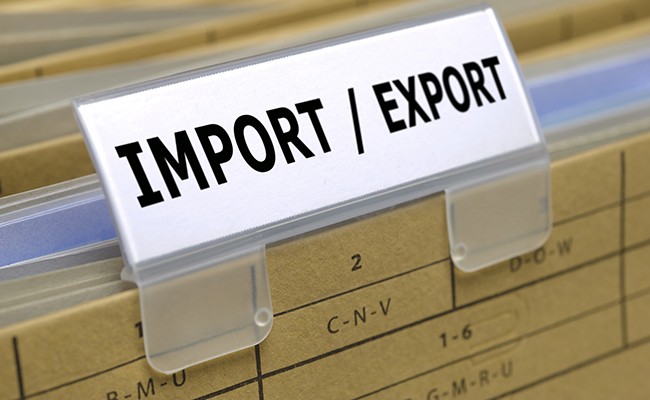It is crucial that your documents are in order when you are exporting goods to a buyer or importing goods from a seller.
This article provides a glossary of documents that you may need.
Documents required for an international sale can vary significantly from transaction to transaction, depending on the destination and the product being shipped. At a minimum, there will be two documents: the invoice and the transport document. The buyer will usually provide the seller with a list of documents needed to get the goods into his country as expeditiously and inexpensively as possible.
Bill of Exchange/Draft
If the transaction will be paid by letter of credit (L/C) or documentary collection (DC), a bill of exchange or draft is required. This document is a demand for payment drawn by the seller on the payee. The payee specified on a letter of credit draft is almost always a bank. For a documentary collection the payee is the buyer.
Bill of Lading
A contract between the owner of the goods and the carrier (as with domestic shipments). For vessels, there are two types: a straight bill of lading which is non-negotiable and a negotiable or shipper’s order bill of lading. The latter can be bought, sold, or traded while the goods are in transit. The customer usually needs an original as proof of ownership to take possession of the goods.
Certificate of Origin
A signed statement certifying the country of origin of the goods being sold is sometimes required by regulation in the buyer’s country. This document may be as simple as a certificate signed by the seller. Certain countries may require it to be issued by a third party such as a Chamber of Commerce, or be notarised, legalised, or visaed by their Embassy or Consulate.
Commercial Invoice
A bill for the goods from the seller to the buyer. These invoices are often used by governments to determine the true value of goods when assessing customs duties. Governments that use the commercial invoice to control imports will often specify its form, content, number of copies, language to be used, and other characteristics.
An invoice typically includes:
- Seller’s name and address
- Buyer’s name and address
- Issue Date
- Invoice Number
- Shipping marks and numbers
- Terms of Sale: e.g. FOB, etc.
- Shipping information
- Info required by L/C
- Country of Origin
- L/C number
- Merchandise description, P.O. number, unit price, and total price
Consular Invoice
Some countries do not allow the import of merchandise unless accompanied by a certificate issued by one of its officials in the exporter’s country. These certificates evidence that the shipment meets certain statutory or other regulations of the importing country. A visaed invoice is an original or copy of an invoice, which has been originally signed and/or stamped by a consulate official.
Destination Control Statement
Appears on the commercial invoice, and ocean or air waybill of lading to notify the carrier and all foreign parties that the item can be exported only to certain destinations.
Dock Receipt and Warehouse Receipt
Used to transfer accountability when the export item is moved by the domestic carrier to the port of embarkation and left with the ship line for export.
Export Packing List
Considerably more detailed and informative than a standard domestic packing list, it itemises the material in each individual package and indicates the type of package, such as a box, crate, drum, or carton.
Inspection Certificate
Required by some purchasers and countries in order to attest to the specifications of the goods shipped. This is usually performed by a third party and often obtained from independent testing organisations.
Insurance Certificate
Every international sale should be covered by insurance. Who provides the coverage depends on the INCOTERM used.
Packing List
A mirror of the merchandise covered by the invoice, the packing list omit prices, but itemises the merchandise by number of cartons, packages, etc., and the contents of each.
Shipper’s Export Declaration
This is the most common of all export documents. It is used to compile trade statistics and to help prevent illegal exports.
Temporary Import Certificate / ATA CARNET
An ATA CARNET is a document that facilitates the temporary importation of products into foreign countries by eliminating tariffs and value-added taxes (VAT) or the posting of a security deposit normally required at the time of importation.
Weight Certificate
This document breaks down the shipment by weight. This is generally needed only if a ‘certificate’ is required.






